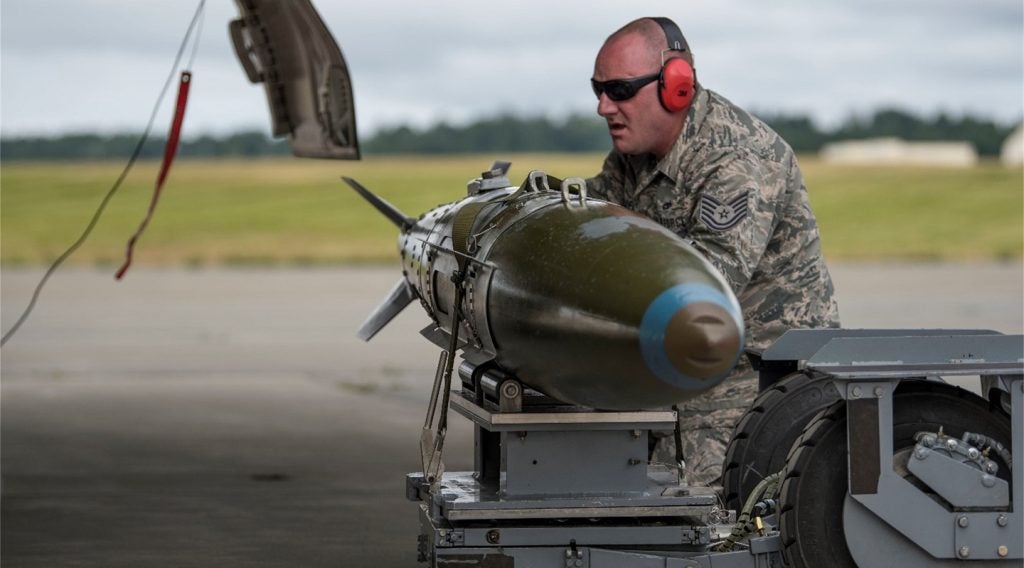The Advanced Tactical Laser (ATL) being developed for the US Air Force has completed its first air-to-ground test by impacting a moving ground target.
The ATL is being developed as a laser defence system that will destroy, damage or disable targets on the battlefield and in urban operations with little to no collateral damage.
The ATL programme supports special operations missions aboard a C-130 aircraft using a high-energy laser system for effects-based engagements against ground targets.
During the test, the C-130H aircraft took off from Kirtland Air Force Base and fired a high-power chemical laser through its beam control system while flying over the White Sands Missile Range.
The beam control system guided the laser beam’s energy to the unoccupied, remotely controlled target, striking the vehicle and putting a hole in a fender.
Boeing Missile Defense Systems’ Directed Energy Systems unit vice-president and programme director Gary Fitzmire said that ATL has now precisely targeted and engaged stationary and moving targets, demonstrating the transformational versatility of this speed-of-light, ultra-precision engagement capability that will dramatically reduce collateral damage.
How well do you really know your competitors?
Access the most comprehensive Company Profiles on the market, powered by GlobalData. Save hours of research. Gain competitive edge.

Thank you!
Your download email will arrive shortly
Not ready to buy yet? Download a free sample
We are confident about the unique quality of our Company Profiles. However, we want you to make the most beneficial decision for your business, so we offer a free sample that you can download by submitting the below form
By GlobalDataIn August 2009, the ATL successfully engaged an unoccupied stationary vehicle, completing its first air-to-ground, high-power laser engagement of a stationary ground target.
The Boeing-led ATL industry team includes L-3 Communications for the laser turret, HYTEC for weapon system’s structural elements and JB Henderson, which provides mechanical integration support.







